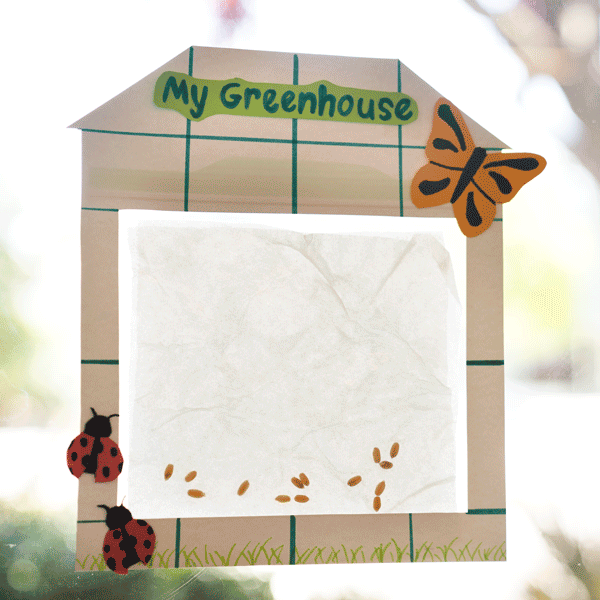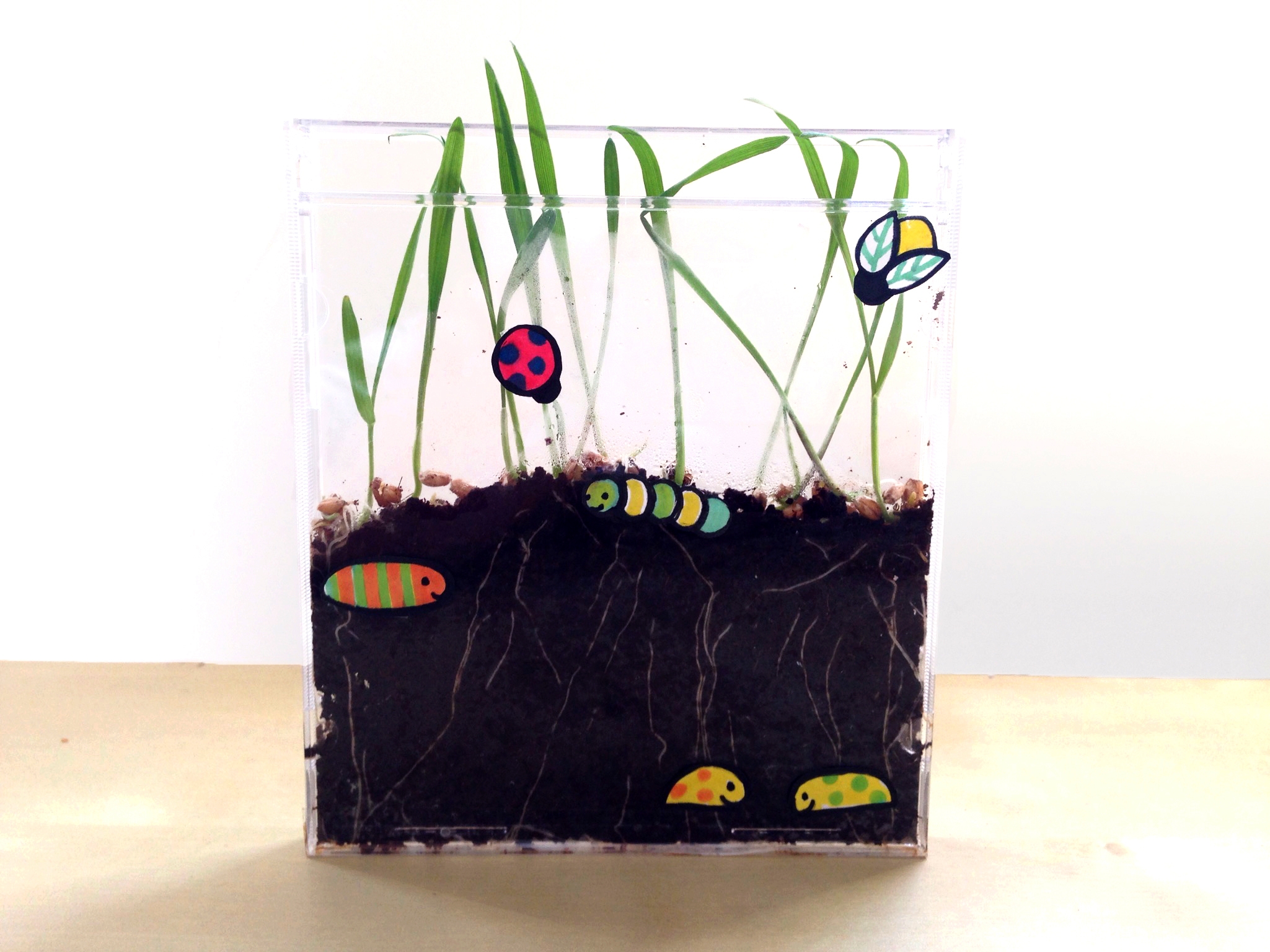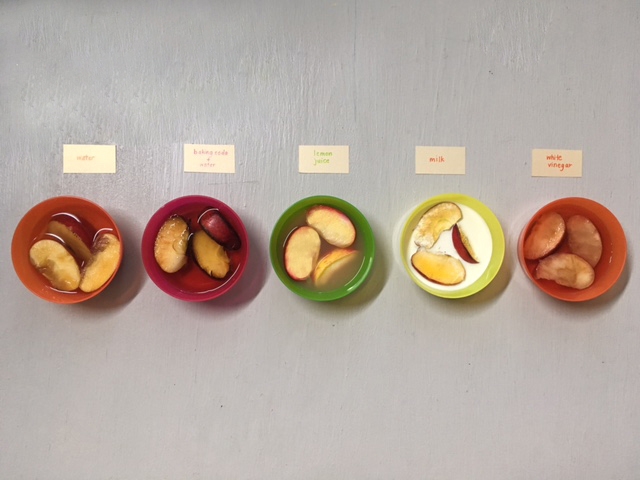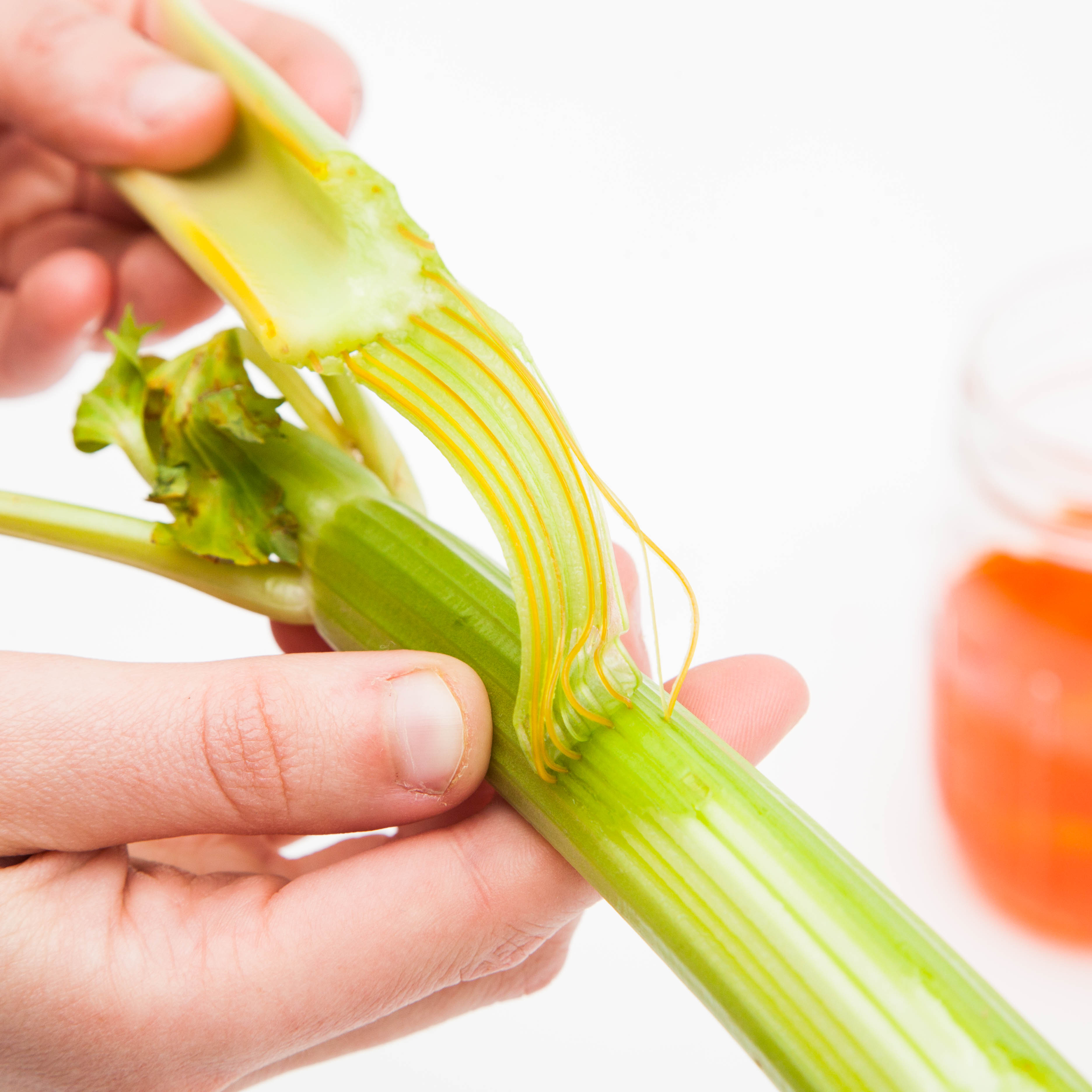- Plant Light Maze
(Ages 9-16)
Have you ever noticed how plants grow toward the light? Build this simple light maze, and watch the plant grow around the obstacles to reach the light! Try experimenting with different mazes and see how the plant reacts. Can your plant complete its maze?
Explore more ways to harness the power of the sun with a Solar Crayon Recycler from the KiwiCo Store. Make your own crayon recycler, transform crayon pieces into custom rainbow crayons, and more!
- Window Greenhouse
(Ages 5-11)
How do plants grow? In this experiment, you will create a mini greenhouse to learn how plants depend on sunlight and water. Place seeds in a Ziploc® brand sandwich bag with a wet paper towel and put the bag by a sunny window. Record your observations daily to see how long it takes for the seeds to sprout and grow leaves. What do you observe? Download our observation printable here.
- Make Your Own Garden
(Ages 5-9)
Plant some seeds and watch them grow through every step of the process in this miniature garden made from a recycled CD case!
- Apple Experiment
(Ages 5-11)
Try out this apple experiment with some basic kitchen goods to see how you can keep your slices from browning!
- Celery Experiment
(Ages 3-8)
Has your child ever wondered how plants get water from their roots all the way to their leaves? This simple celery experiment shows how colored water travels up a celery stalk!
Looking for more kitchen learning projects to do with your young scientist? Roll and stamp your way to early math exploration with a Fun Dough Pasta Maker from the KiwiCo Store!
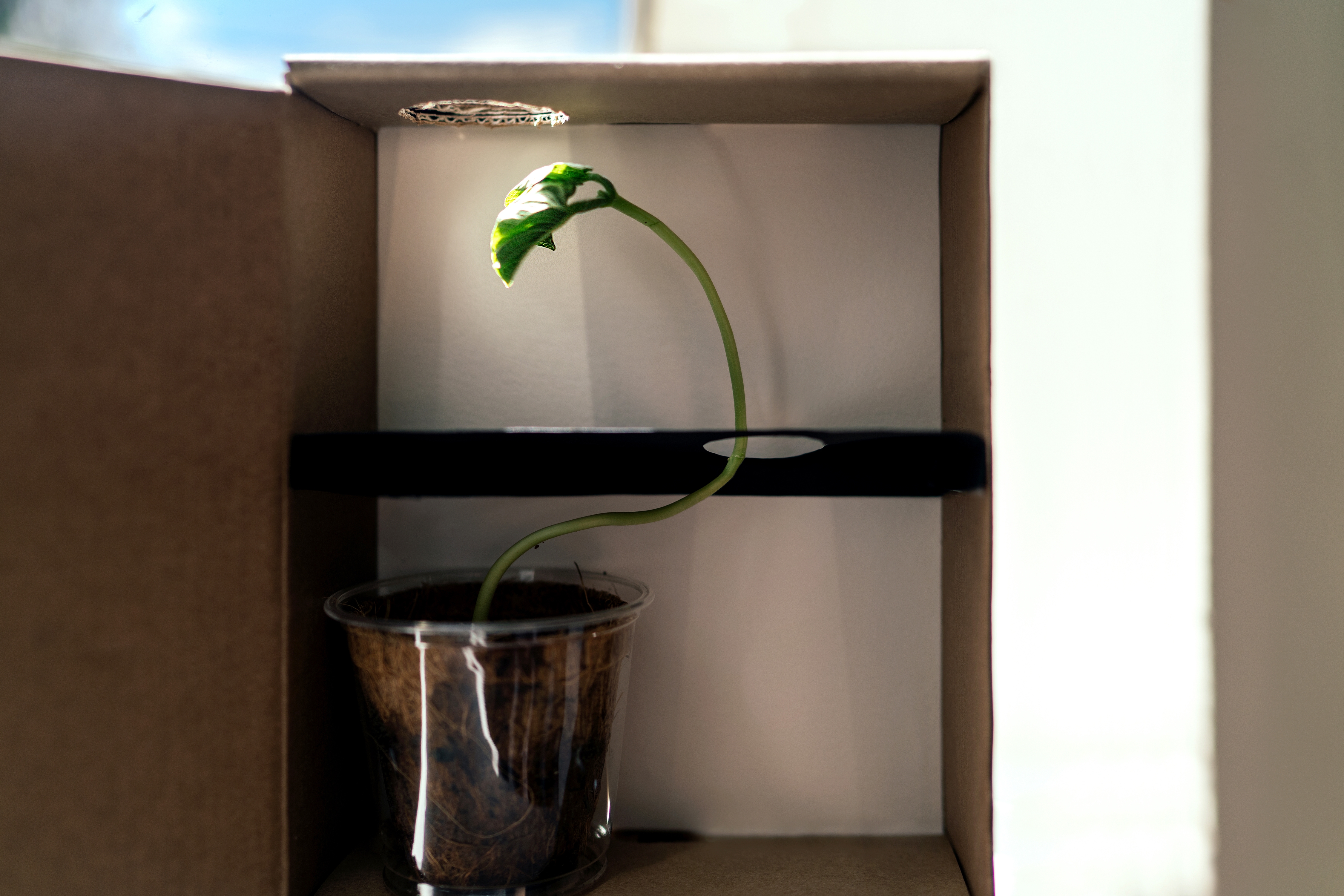
5 Plant Based Science Projects for Nature Explorers
Plants are full of astounding secrets! If you have a science fair coming up, need something for show and tell, or are just interested in learning more about the garden in your backyard, then this list of simple plant science experiments is for you! Watch a plant wind its way through a maze to find the light. See what it takes to get seeds to sprout. Change the color of a celery stalk using capillary action, or find out why apple slices turn brown over time. These experiments are great for children ages 5-10 and are simple to setup at home!
